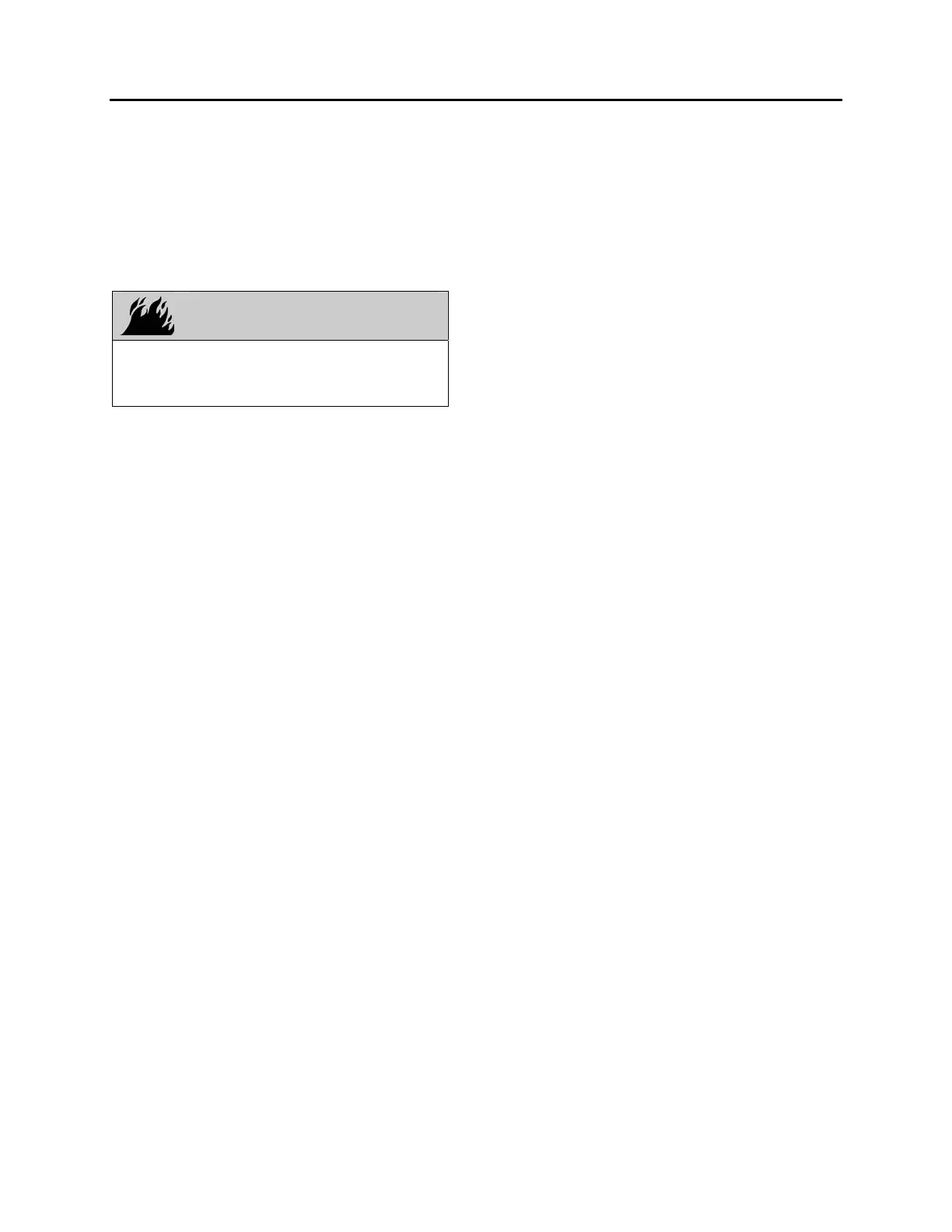Section 24: LUBRICATION
PA1553
4
2.3.2 Leaks
Investigate leaks immediately to determine if
fittings have loosened or cracked, and also if
hoses have ruptured or worn through. Take
corrective action immediately. Leaks are not
only potentially detrimental to machine
operation, but can also result in added expenses
caused by the need to replace lost fluids.
WARNING
Personal injury and/or property damage may
result from fire due to the leakage of
flammable fluids, such as fuel or lube oil.
Service life
The limited service life of a hose is determined
by the temperature and pressure of the gas or
fluid within it, the time in service, its installation,
the ambient temperatures, amount of flexing,
and the vibration it is subjected to. With this in
mind, it is recommended that all hoses be
thoroughly inspected at least every 500
operating hours or after 15,000 miles (24 000
km). Look for surface damage or indications of
damaged, twisted, worn, crimped, brittle,
cracked, or leaking lines. Hoses having a worn
outer surface or hoses with a damaged metal
reinforcement should be considered unfit for
further service.
It is also recommended that all hoses in this
vehicle be replaced during major overhaul
and/or after a maximum of five service years.
Quality of replacement hose assemblies should
always be equal to or superior to those supplied
by the Original Equipment Manufacturer.

